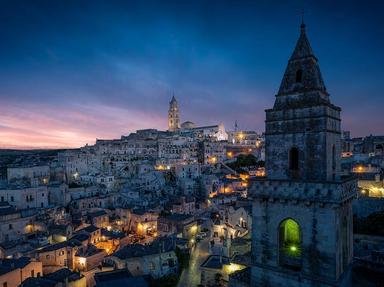Quiz Answer Key and Fun Facts
1. Which kind of people founded Florence in 59 B.C. after receiving the land from Julius Caesar?
2. Which people invaded the Roman Empire and besieged Florence in 405 A.D. but failed in their ultimate goal of burning Rome?
3. What is the name of the world-famous Florentine bridge that spans the narrowest point of the Arno River and was finished in 1080?
4. Florence experienced a power struggle in the 1200s between the Ghibellines, people who supported the Holy Roman Emperor, and the Guelphs who were supporters of who?
5. The de Medici family were a powerful family who dominated Florence for centuries beginning in 1377 when Giovanni de Medici founded his family's bank. What is the name of his oldest child who became the first de Medici to rule Rome politically even though he or she never held a public office?
6. What was Florence's rival city-state that was defeated at the Battle of Marciano in 1551?
7. Which musical instrument was invented in Florence by Bartolomeo Cristofori in 1700?
8. When Florence became the capital of the Kingdom of Italy in 1865, which city did it replace?
9. What, according to unproven rumor, is the reason the Germans did NOT destroy the Ponte Vecchio during their retreat from Florence in 1944?
10. On May 27, 1993, members of the Corleonesi mafia family detonated a bomb that killed five people behind which famous Florence museum?
Source: Author
Joepetz
This quiz was reviewed by FunTrivia editor
bloomsby before going online.
Any errors found in FunTrivia content are routinely corrected through our feedback system.

